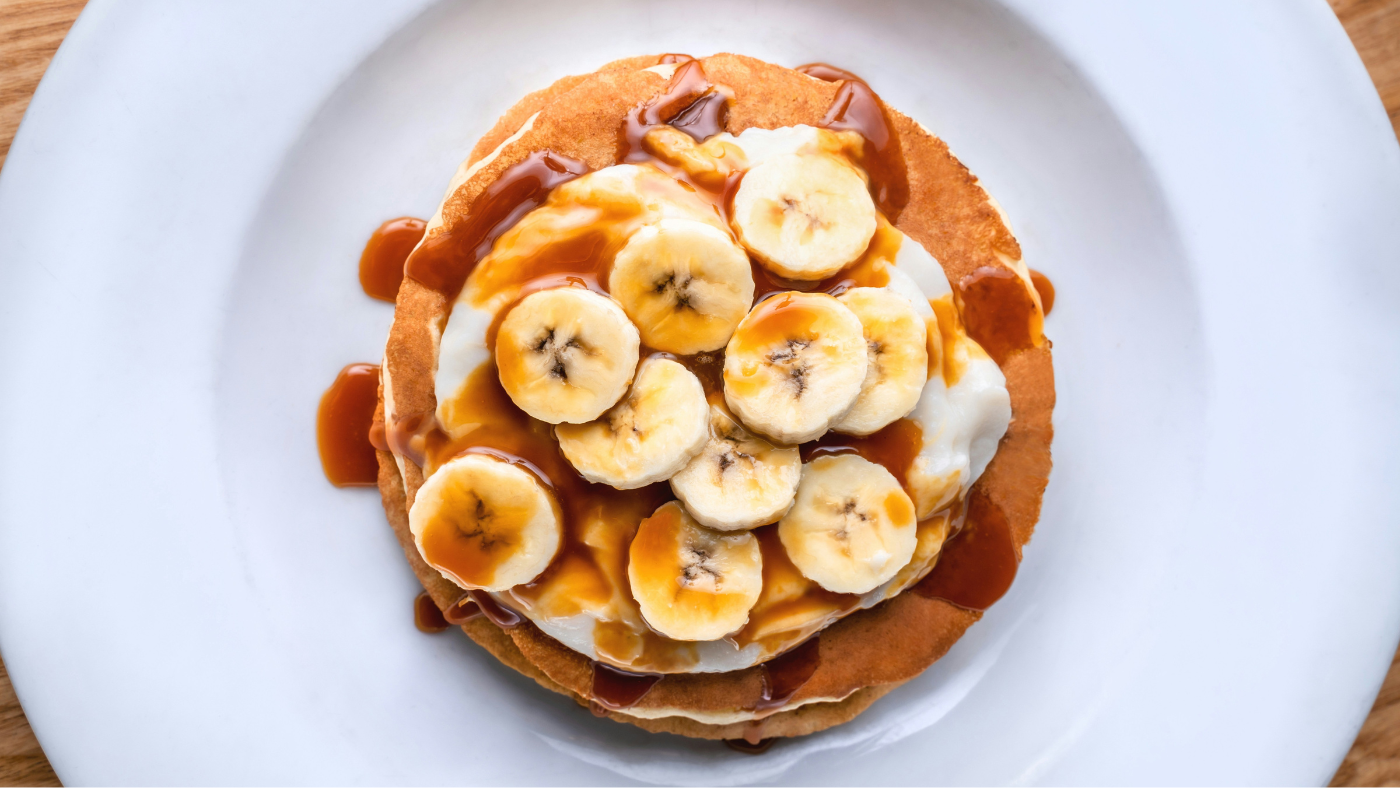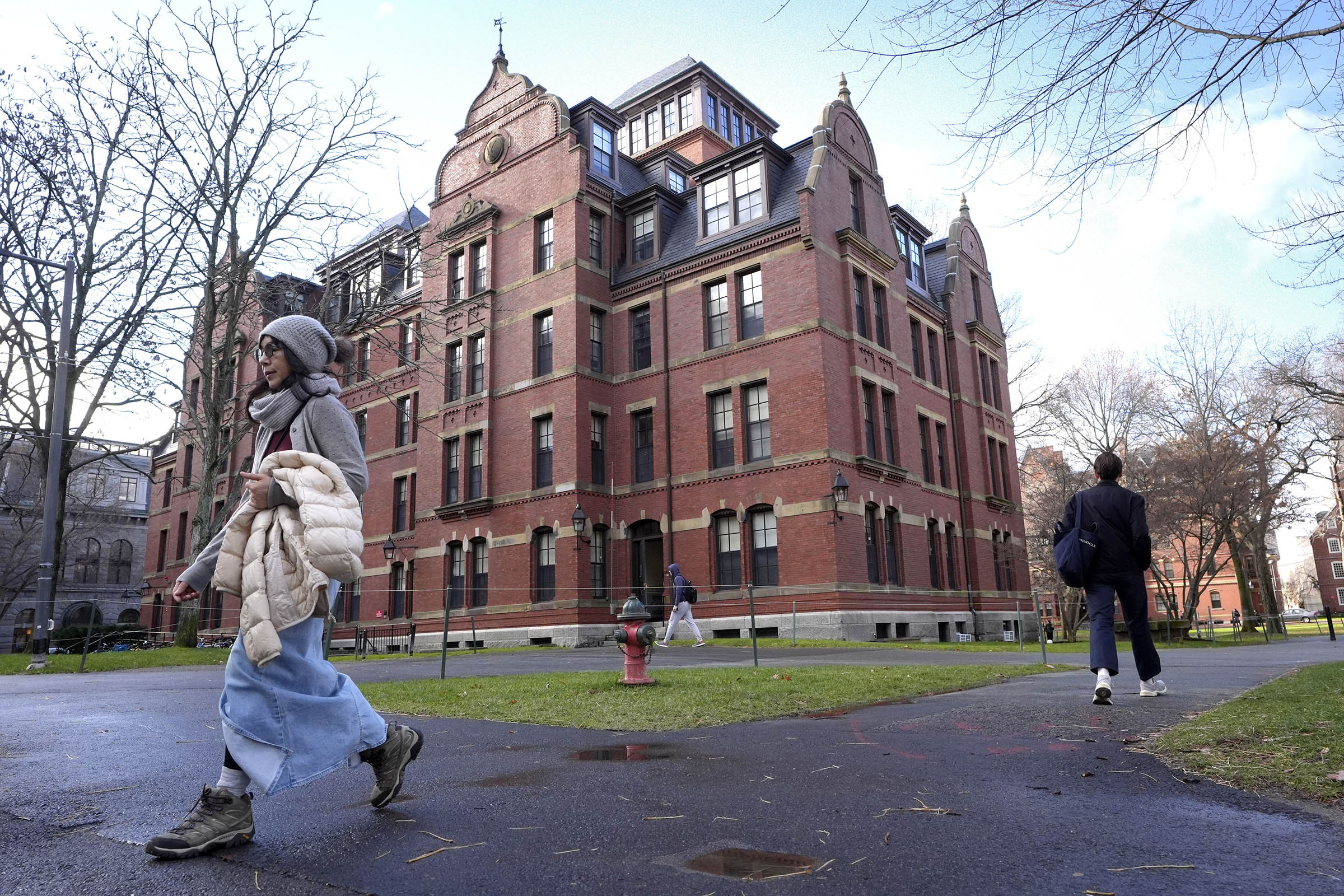By GARY D. ROBERTSON Associated Press
FLETCHER, N.C. (AP) — North Carolina Gov. Josh Stein has taken an unusual approach with Republican political opponents in his first eight months leading a highly competitive state where divided government has become the norm.
He’s trying to get along with them.
Stein, who succeeded fellow Democrat Roy Cooper in January, has made an effort to work with the GOP-controlled General Assembly on things like storm recovery — still a top priority nearly a year since Hurricane Helene’s historic flooding — and on other issues broadly popular with North Carolinians.
He’s kept communication lines open with legislative leaders, even as they back President Donald Trump and oppose many Stein policy prescriptions.
The public, Stein said in an interview with The Associated Press, doesn’t “care whether I’m a Democrat or Republican, or that the legislature is a Democrat- or Republican-led body.”
“What they want is for whoever are in these positions to get things done that make their lives better, and that’s my job,” he added. “So I will work with whoever I need to in order to make progress for the people of North Carolina.”
His results have been mixed so far. The General Assembly passed storm-relief packages but gave Stein roughly a little over half the money he requested. It overrode several of his vetoes on bills that build up immigration enforcement, weaken transgender rights and assert other GOP priorities — results that Stein laments.
But Republicans, including some who gathered with Stein at a barbecue in the mountains recently to honor local government workers’ hurricane recovery efforts, have taken notice of the efforts he’s made.
“We appreciate everything that he’s done for us,” said Larry Chapman, a Transylvania County commissioner and Trump supporter. “I’m encouraged with Stein — he seems to be a lot more interested in getting out with the people and listening to people more.”
Stein’s approach comes as Democratic governors nationwide struggle to navigate Republican gains and Trump’s sprawling agenda. While some chief executives have taken more combative stances against Trump and the GOP, others have opted for diplomacy.
Stein told those gathered in Fletcher that he was their ally on Helene, which caused more than 100 deaths in North Carolina and generated $60 billion in damages and needs. He did not mention political affiliation.
“You and your constituents have been busting your tails to come back, and come back stronger than ever,” Stein said to hundreds at a park submerged during Helene. “I want you to know that I am in your corner.”
More communication, less confrontation
Stein, the former attorney general, shares many views with Cooper, who early on clashed with Republicans over the ‘bathroom bill” lawmakers enacted and sued them over laws that eroded his powers. Those clashes set a tone of distrust that wasn’t eliminated during his eight years at the job. Cooper is now running for the U.S. Senate.
While Stein also has sued over GOP power grabs, he’s needed good relations with Republicans on storm relief and other topics. He’s speaking regularly with new Republican House Speaker Destin Hall, longtime Senate leader Phil Berger and other legislators.
“We have differences with him on certain policies and certain processes,” Berger said recently. But, he added, “I would say that there’s still what I would consider to be a very good relationship on a personal basis with Gov. Stein.”
Stein, himself a lawmaker until 2016, has shared credit with Republicans, inviting them to signings of bipartisan bills. Last week, Stein named a GOP legislator to co-chair an energy affordability task force.
There “was a lot of fatigue from the last eight years, of everything was a battle,” said state Rep. Jake Johnson, another Republican. “It felt like you were just having to fight to get anything done.”
Partisan divisions remain
By North Carolina standards, Stein still has used his veto stamp frequently — 15 times so far.
He rejected measures that would expand gun access and eliminate diversity, equity and inclusion programs.
“Because you respect the people you deal with, because you’re civil with the people you deal with, doesn’t mean you don’t have real disagreements,” Stein said. “When they pass legislation that makes the state less safe or less strong, I’ll veto them.”
Berger said the vetoes prove Stein is more left-leaning than he’s portrayed himself to be.
Democrats hold the minimum number of seats necessary to uphold Stein’s vetoes if they remain united. But Stein was unable to hold them together on eight vetoes — as one to three House Democrats joined Republicans in voting to override them.
Another major veto decision looms if there’s a final state budget, now two months overdue.
“Stein has lost some big-time issues” this year, Meredith College political science professor David McLennan said. “But it doesn’t mean that he’s not a successful governor in his first year.”
Visiting Helene-damaged areas
Stein’s latest trip to western North Carolina marked his 34th separate day spent in the region as governor, reflecting a promise to rebuild “a more resilient region for the long haul.”
“A lot of the job is showing up,” said Chuck McGrady, a former Republican legislator from the mountains. “He is meeting with a wide range of people, and I think he’s gotten very high grades from folks, regardless of their politics.”
Helene’s recovery began during presidential and gubernatorial campaigns and prompted accusations by Trump and allied Republicans that the response from Democratic administrations was weak.
Stein included Johnson and McGrady, now an unaffiliated voter, on a recovery committee. And he created a recovery agency separate from a Cooper-era office criticized for housing repair delays after hurricanes Matthew and Florence. Stein met Trump when the president visited the hard-hit region during his first days in office.
Stein said this week he’s seeking an additional $11.5 billion in aid from Congress. His administration says financial assistance received so far from the federal government as a percentage of total damages and needs is small compared with what was provided after other recent U.S. hurricanes.
A White House spokesperson responded, saying the “request is evidence that he is unfit to run a state.” Other Republicans previously said Stein’s administration hasn’t converted what money it’s received to repairs fast enough.
Stein still thinks he can get his messages across without trying to show anybody up.
“I think you can disagree with folks and still be civil, and so when I have concerns about what the administration is doing, I have no hesitation to say what I believe when it hurts North Carolina,” he said.










